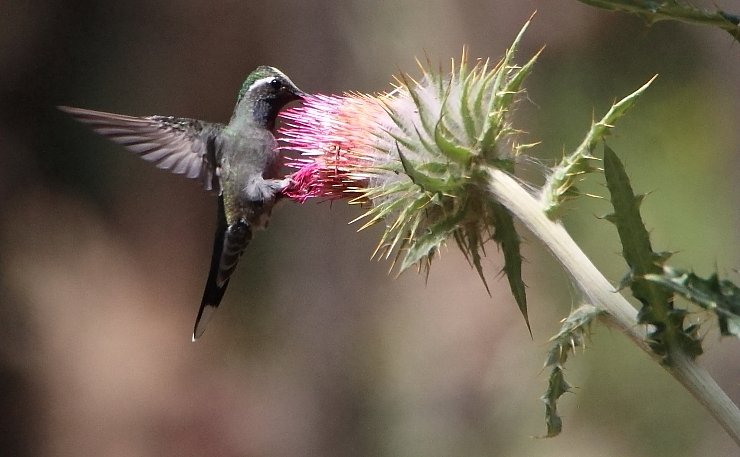
Every year, around this time, I feel the need to get an early start and drive a full hour to Cerro de Garnica. That is because this site’s height of 3,000 m (about 10,000 feet) offers me certain species that I can’t add to my year list anywhere else. Perhaps the most iconic birds for me here are the Steller’s Jays that immediately greeted me the very first time I first reached the park. They were a fairly common species from my childhood in California, but I had not expected them to turn up in central Mexico. (Plus, they look a bit different here, with an oddly-shaped crest and bright white eyebrows. Kind of like my eyebrows are becoming.)
I also always hope to find the site’s resident Gray-throated Wood-Wrens. These little skulkers, with a stubby tail and bold black-and-white face pattern, spend their entire lives deep within short, but dense, brush. So I have yet to get a decent photo of them, and this trip was no exception. But hearing their haunting call ringing through the Garnica canyon is unforgettable.
I did manage photos of other flagship species of the Mexico’s highest mountains. A Russet Nightingale-Thrush peered at me from a bush:
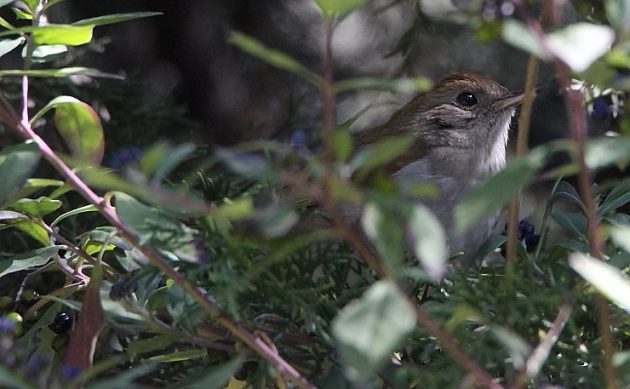
As did a Golden-browed Warbler… Feel the burn!
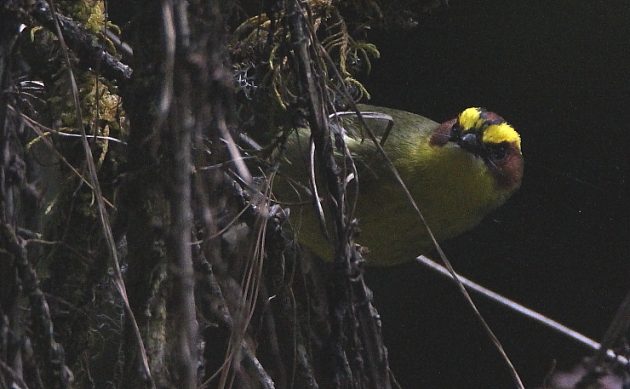
I certainly can see Red Warblers in many other places in the highlands of Michoacán. But nowhere else are they common enough, though far too beautiful, to almost be considered a “trash bird”.

Gray-barred Wrens gave me multiple performances of their amazingly loud crackity-crackity-crackity-crackity-CRACK! calls. Another call which, once you hear it, you never forget. And they almost always occur in groups, so it is really something when they all start calling at the same time.
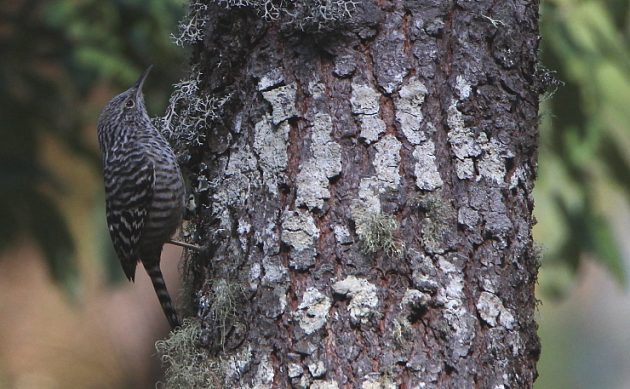
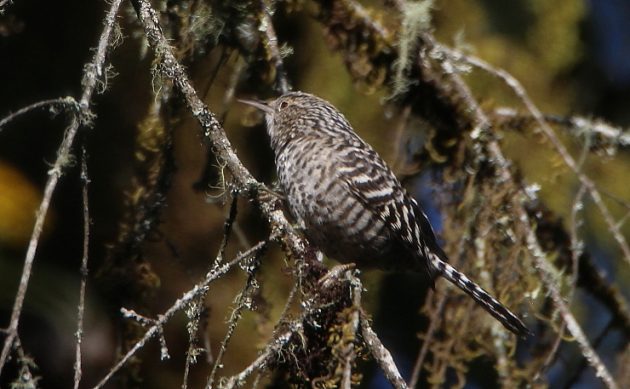
A Rose-throated Becard seemed even more interested in watching me than I was in watching it, which was an unusual experience. I could swear it was following me. It may have been a female (hence, no rose throat), but I prefer to think it was a curious adolescent.
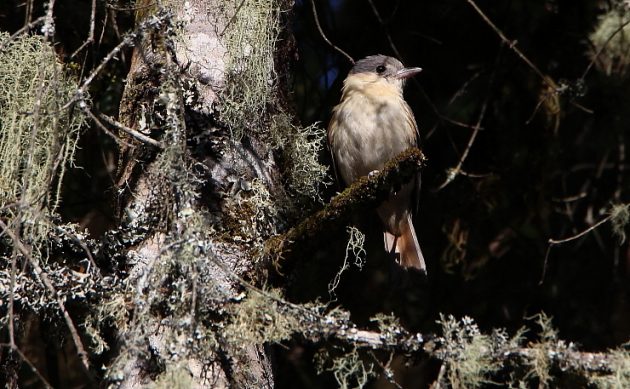
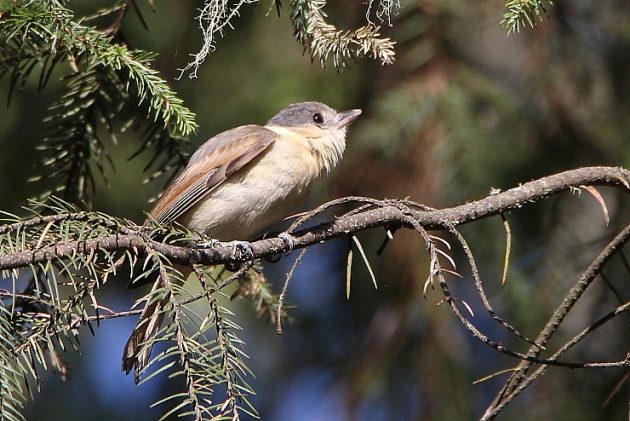
All but the Golden-browed Warbler shown above were seen on the flatter section near where I park my car. But I always make sure to follow the canyon up to a reforested area, whose thistle blooms attract a thriving population of Rivoli’s Hummingbirds and Blue-throated Mountain-Gems. These are among the largest hummingbirds in my area, and they put on quite a show indeed.
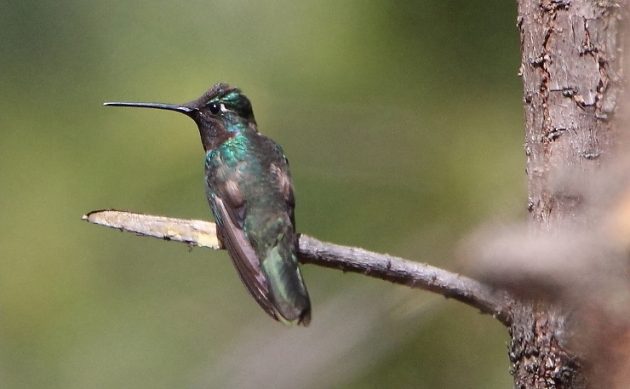
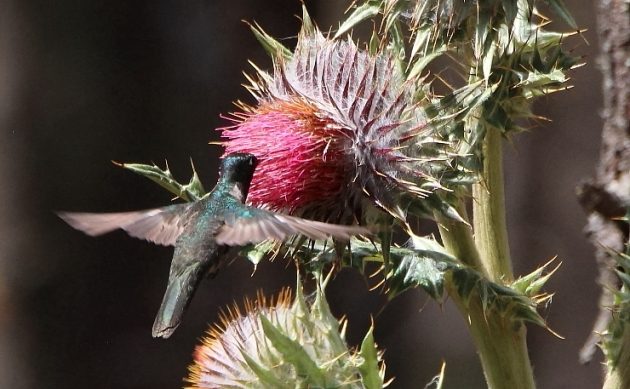
Rivoli’s Hummingbirds
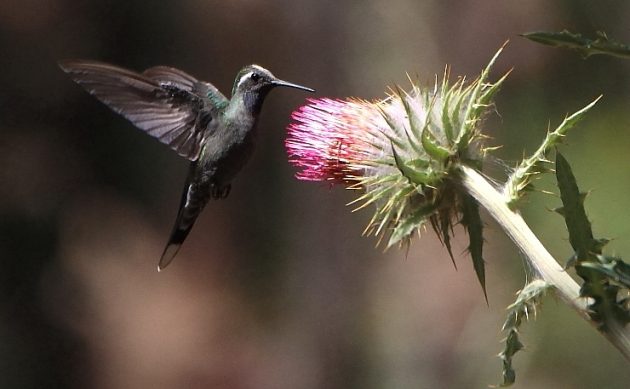
This is a Blue-throated Mountain-Gem. The photo at the head of this post shows a slightly less energy-intensive way to drink thistle nectar.
Smaller White-eared Hummingbirds abound elsewhere in Garnica. They prefer tubular sage blossoms to thistle blooms.
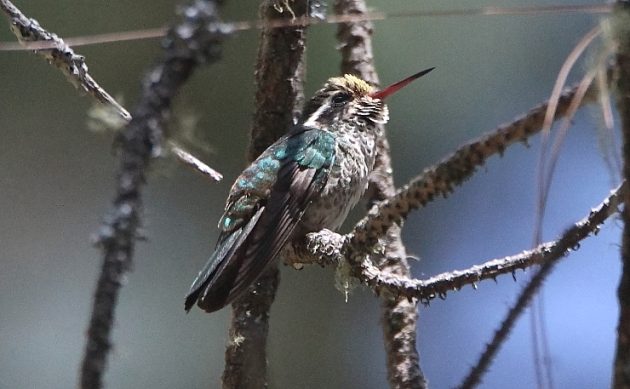
Townsend’s Warblers, common in Michoacán at many elevations, are among our most beautiful winter warblers. Somehow, I have never managed to take a top-notch photo of this beautiful species. But this shot came closer than most:
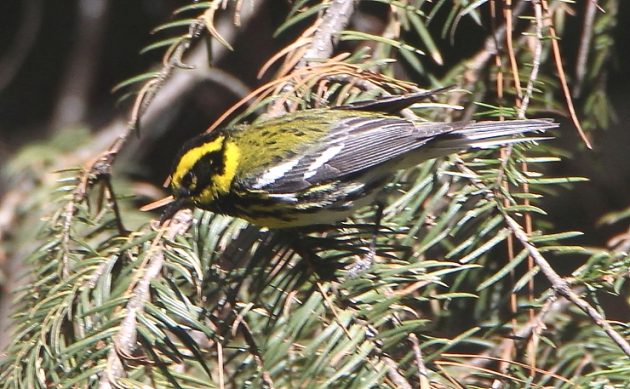
I’ll leave you with this Cassin’s Vireo, enjoying a tasty caterpillar. Caterpillars are apparently the breakfast of Vireo champions everywhere:
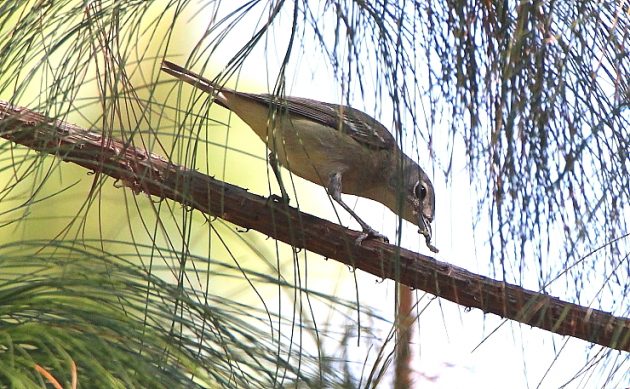
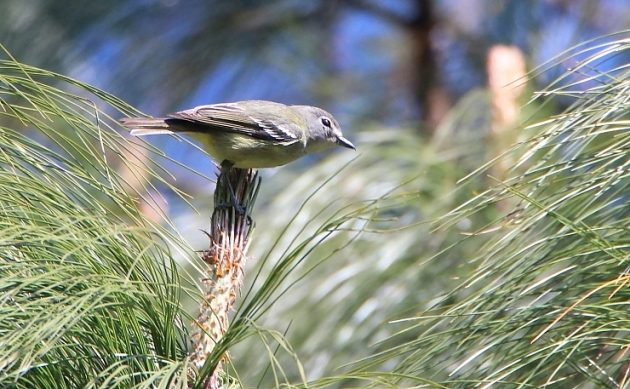













Leave a Comment